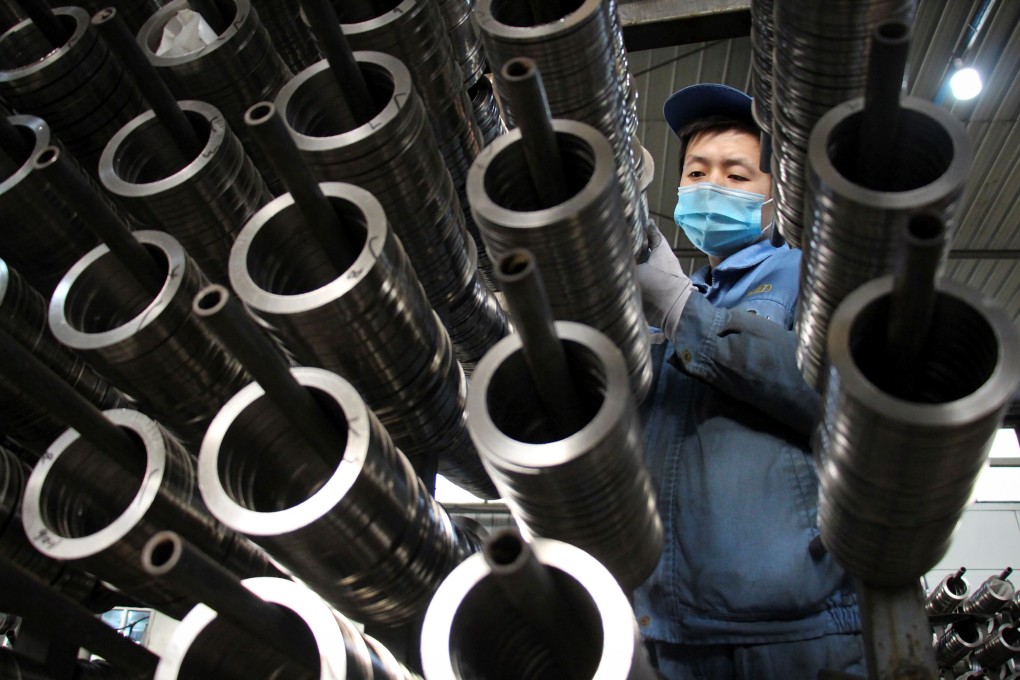China manufacturing: ‘policymakers in a dilemma’ as factory-gate prices rise and producers feel the pinch
- Some analysts say inflation is ‘largely controllable’, while others cut their full-year GDP growth forecast for China’s economy
- Exports are also under pressure, as China is expected to more heavily scrutinise the cross-border movement of cargo due to its latest coronavirus outbreak

China’s persistent factory-gate price inflation and its diminishing growth in exports both point to an economic slowdown, but there is little risk that cost-of-living expenses will surge despite July seeing a slight uptick in consumer price inflation, based on the latest economic data.
Factory-gate price inflation – as measured by the producer price index (PPI) – rose by 9 per cent in July from a year earlier, according to the National Bureau of Statistics (NBS).
The PPI, which reflects the prices that factories charge wholesalers for their products, was a tad higher than the gain of 8.8 per cent in June.
“This puts policymakers in a dilemma: [factory-gate] inflation is rising, and growth is slowing. The pandemic both worsened and caused more disruptions in the global supply chain,” Zhang said.